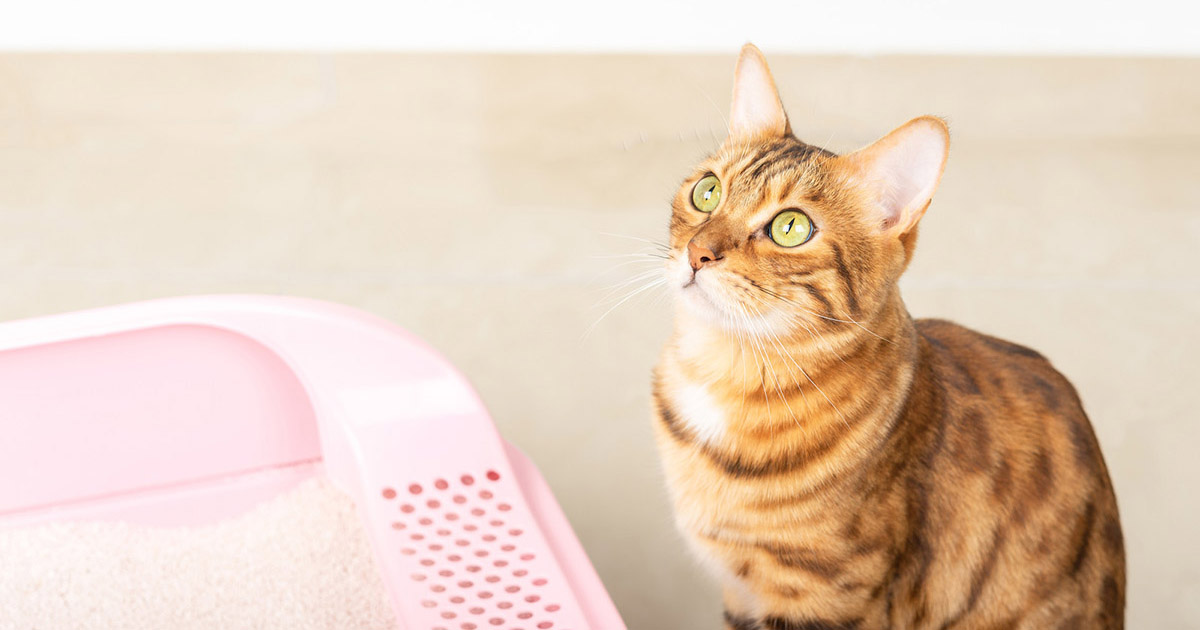Are you in search of related information concerning Can You Flush Cat Poop Down The Toilet??

Introduction
As feline proprietors, it's essential to bear in mind just how we throw away our feline buddies' waste. While it may seem convenient to flush pet cat poop down the commode, this practice can have damaging effects for both the environment and human health.
Alternatives to Flushing
Thankfully, there are much safer and much more accountable methods to take care of cat poop. Consider the following options:
1. Scoop and Dispose in Trash
One of the most usual technique of throwing away pet cat poop is to scoop it right into an eco-friendly bag and throw it in the trash. Be sure to use a dedicated litter inside story and dispose of the waste promptly.
2. Use Biodegradable Litter
Opt for biodegradable pet cat clutter made from products such as corn or wheat. These trashes are environmentally friendly and can be safely taken care of in the garbage.
3. Bury in the Yard
If you have a lawn, consider burying cat waste in an assigned area far from veggie gardens and water sources. Be sure to dig deep enough to prevent contamination of groundwater.
4. Mount a Pet Waste Disposal System
Buy a family pet waste disposal system specifically designed for pet cat waste. These systems make use of enzymes to break down the waste, lowering smell and environmental impact.
Wellness Risks
Along with environmental problems, flushing cat waste can also posture health and wellness threats to people. Feline feces may have Toxoplasma gondii, a parasite that can cause toxoplasmosis-- a possibly serious disease, specifically for expecting women and people with damaged body immune systems.
Environmental Impact
Purging feline poop introduces unsafe microorganisms and parasites right into the water system, posing a considerable risk to water environments. These impurities can negatively influence marine life and concession water high quality.
Conclusion
Accountable pet possession extends beyond giving food and shelter-- it additionally includes correct waste administration. By avoiding flushing feline poop down the toilet and selecting different disposal techniques, we can reduce our environmental footprint and shield human health and wellness.
Why Can’t I Flush Cat Poop?
It Spreads a Parasite
Cats are frequently infected with a parasite called toxoplasma gondii. The parasite causes an infection called toxoplasmosis. It is usually harmless to cats. The parasite only uses cat poop as a host for its eggs. Otherwise, the cat’s immune system usually keeps the infection at low enough levels to maintain its own health. But it does not stop the develop of eggs. These eggs are tiny and surprisingly tough. They may survive for a year before they begin to grow. But that’s the problem.
Our wastewater system is not designed to deal with toxoplasmosis eggs. Instead, most eggs will flush from your toilet into sewers and wastewater management plants. After the sewage is treated for many other harmful things in it, it is typically released into local rivers, lakes, or oceans. Here, the toxoplasmosis eggs can find new hosts, including starfish, crabs, otters, and many other wildlife. For many, this is a significant risk to their health. Toxoplasmosis can also end up infecting water sources that are important for agriculture, which means our deer, pigs, and sheep can get infected too.
Is There Risk to Humans?
There can be a risk to human life from flushing cat poop down the toilet. If you do so, the parasites from your cat’s poop can end up in shellfish, game animals, or livestock. If this meat is then served raw or undercooked, the people who eat it can get sick.
In fact, according to the CDC, 40 million people in the United States are infected with toxoplasma gondii. They get it from exposure to infected seafood, or from some kind of cat poop contamination, like drinking from a stream that is contaminated or touching anything that has come into contact with cat poop. That includes just cleaning a cat litter box.
Most people who get infected with these parasites will not develop any symptoms. However, for pregnant women or for those with compromised immune systems, the parasite can cause severe health problems.
How to Handle Cat Poop
The best way to handle cat poop is actually to clean the box more often. The eggs that the parasite sheds will not become active until one to five days after the cat poops. That means that if you clean daily, you’re much less likely to come into direct contact with infectious eggs.
That said, always dispose of cat poop in the garbage and not down the toilet. Wash your hands before and after you clean the litter box, and bring the bag of poop right outside to your garbage bins.
https://trenchlesssolutionsusa.com/why-cant-i-flush-cat-poop/

Do you enjoy reading up on How to Dispose of Cat Poop and Litter Without Plastic Bags? Create a review directly below. We'd be glad to hear your responses about this blog. We are looking forward that you come back again in the future. Sharing is nice. Helping people is fun. We love reading our article about Can You Flush Cat Poop Down The Toilet?.
Explore
Comments on “Why You Shouldn't Flush Cat Poop Down Your Toilet - Preserve Your Plumbing Health”